Magnet fishing is a cool hobby where you use a powerful magnet attached to a rope to pull up metal objects from bodies of water. It's like metal detecting but in rivers, lakes, and canals. You can find hidden treasures that have been forgotten for a long time. It's a fun way to discover the underwater world if you love history, adventure, or just the excitement of the unknown.
Magnet fishing isn't just about finding cool stuff, but also about cleaning up the environment. Many people who love magnet fishing do "Trash Fishing" to remove debris and litter from the water. This is good for the environment, making the water cleaner and safer for both people and animals that live in the water. Magnet fishing is a unique outdoor activity that offers a sense of excitement and mystery.
Unlike traditional fishing, magnet fishing involves throwing a magnet into the water with the potential for a remarkable find. This thrill of discovery has kept magnet fishermen hooked. Magnet fishing also appeals to those interested in history and archaeology. Many magnet fishermen have found historical artifacts, such as coins, weapons, and ancient relics. These finds offer a tangible connection to history and a glimpse into the past.
Additionally, magnet fishing provides an opportunity for relaxation and mindfulness. The focus and concentration required while casting the magnet and waiting for a tug can help escape the stresses of everyday life. The peacefulness of being near the water adds to the tranquil and immersive experience that can be enjoyed by all ages and backgrounds.

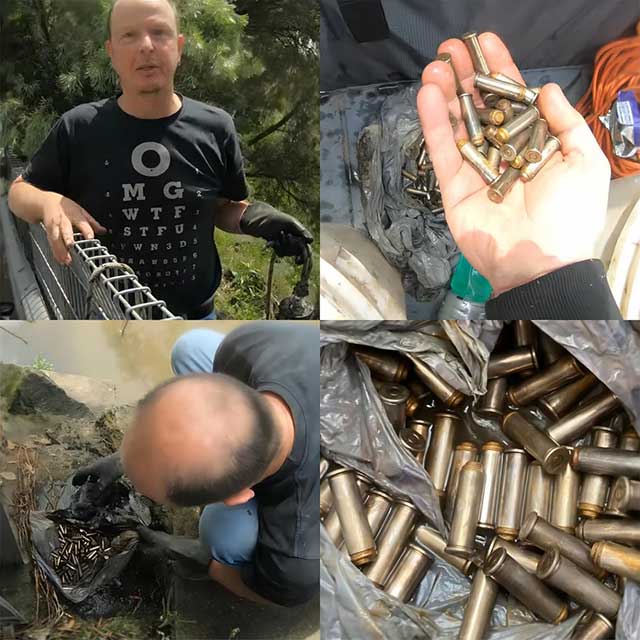


Magnet fishing has been around for a long time, and people have used magnets to find things in water since ancient times. The Chinese used magnet fishing in the 3rd century BC to find lost weapons and tools in rivers and lakes.
In modern times, magnet fishing became a popular hobby thanks to strong neodymium magnets. These magnets are made from a mix of neodymium, iron, and boron, and they can attract and lift heavy objects from the water. People found magnet fishing exciting, and communities and forums about the hobby began to appear online. Today, magnet fishing is a popular activity around the world, and enthusiasts share their discoveries and experiences with each other.
The fishing magnet consists of 3 parts: magnet, steel shell and gasket.
Magnets: NdFeB, samarium cobalt, ferrite, alnico. Steel shell, Gasket: generally made of plastic, but also available in epoxy resin and brass.
Under normal circumstances, the magnetic field lines of the magnet are freely distributed in the air. The fishing magnet has a steel shell outside the magnet, and the magnetic circuit guides the magnetic field lines to concentrate on the working surface, so its pulling force is much greater than that of an ordinary magnet.

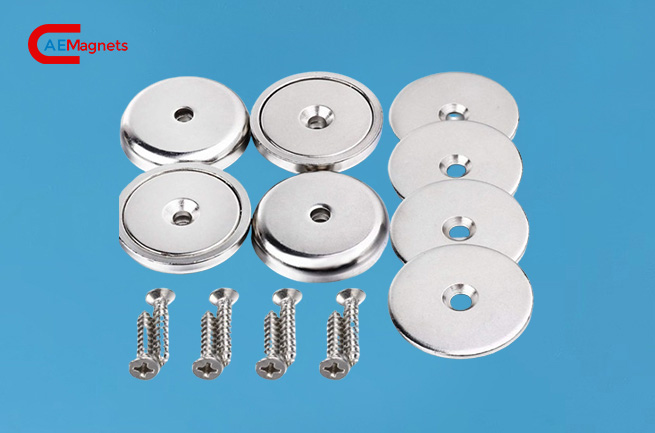
The two main types of fishing magnets are single-sided and double-sided magnets.
Single-Sided Fishing Magnets: These magnets have a magnetic surface on only one side. They are typically flat or disc-shaped and have a strong magnetic force concentrated on one side. Single-sided magnets are suitable for dragging along the bottom of bodies of water to attract and retrieve metal objects, the maximum pull weight is 3000kg.
Double-Sided Fishing Magnets: Double-sided magnets, also known as "clamping" or "two-sided" magnets, have magnetic surfaces on both sides. This design increases the chances of attracting metal objects from various angles, making them more effective in certain situations. Double-sided magnets are often used when there's a need to cover a larger area or when the magnet may come into contact with metal objects from different directions, the maximum pull weight is 600kg.
Mounting magnets with top eye hook.
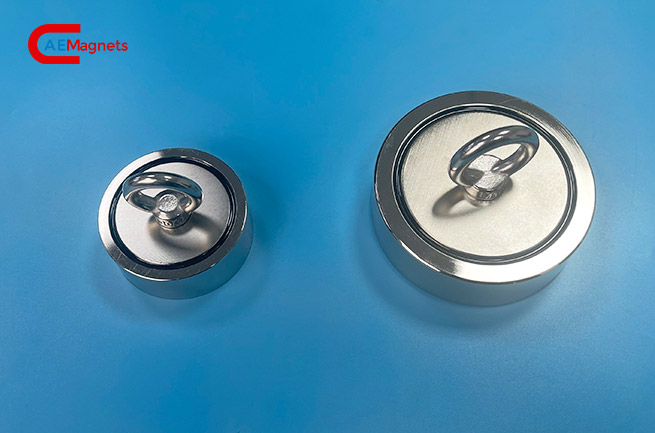
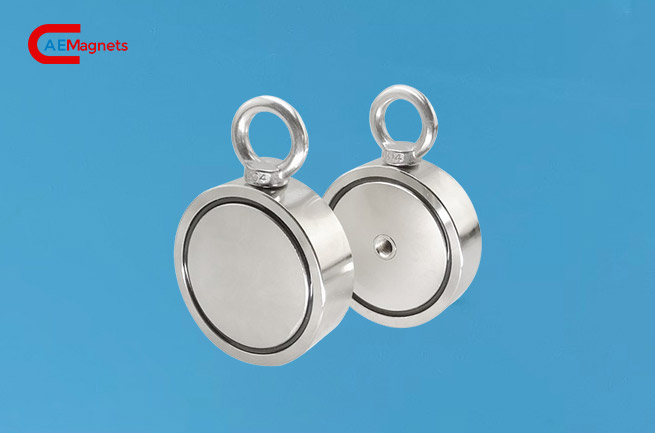


| Model | D(mm) | h(mm) | H(mm) | d(mm) | d1(mm) | M | Unit weight(g) | Attractive force |
|---|---|---|---|---|---|---|---|---|
| S48 | 48 | 10 | 48 | 20.3 | 35.5 | M8 | 164 | 70kg/155lb |
| S60 | 60 | 12 | 50 | 20.3 | 35.5 | M8 | 269 | 140kg/300lb |
| S67 | 67 | 12 | 60 | 25.5 | 43.8 | M10 | 368 | 170kg/375lb |
| S75 | 75 | 15 | 62 | 25.5 | 43.8 | M10 | 537 | 250kg/550lb |
| S94 | 94 | 18 | 67 | 25.5 | 43.8 | M10 | 968 | 300kg/660lb |
| S116 | 116 | 20 | 70 | 29 | 49.1 | M12 | 1626 | 400kg/880lb |
| S136 | 136 | 23 | 75 | 29 | 49.1 | M12 | 2502 | 600kg/1350lb |
| S160 | 160 | 32 | 110 | 40 | 70 | M20 | 5214 | 1000kg/2200lb |
| S200 | 200 | 37 | 135 | 50 | 88 | M24 | 8889 | 1500kg/3300lb |
| S250 | 250 | 40 | 157 | 60 | 105 | M30 | 16871 | 2000kg/4400lb |
| S320 | 320 | 50 | 198 | 70 | 120 | M36 | 32633 | 3000kg/6600lb |
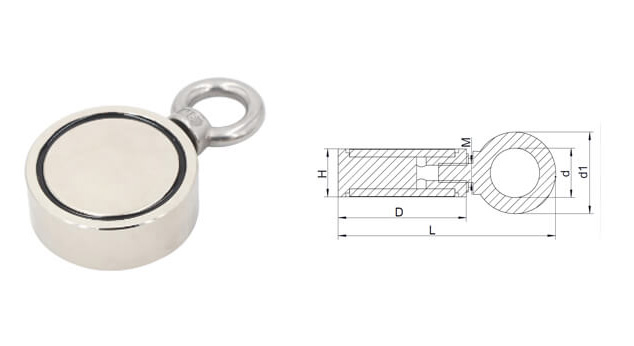
| Model | D(mm) | H(mm) | L(mm) | d(mm) | d1(mm) | M | Unit weight(g) | Attractive force |
|---|---|---|---|---|---|---|---|---|
| D48 | 48 | 18 | 86 | 20 | 36 | M8 | 276 | 80kg/175lb |
| D60 | 60 | 22 | 98 | 20 | 36 | M8 | 498 | 140kg/300lb |
| D67 | 67 | 25 | 111 | 26 | 44 | M10 | 733 | 170kg/375lb |
| D75 | 75 | 25 | 119 | 26 | 44 | M10 | 902 | 250kg/550lb |
| D94 | 94 | 28 | 138 | 26 | 44 | M10 | 1540 | 300kg/660lb |
| D116 | 116 | 32 | 167 | 29 | 49 | M12 | 2656 | 400kg/880lb |
| D136 | 136 | 34 | 187 | 29 | 49 | M12 | 3847 | 600kg/1350lb |
Can not find the fishing magnets you are looking for, don't worry, talk to our experts and we can customize for you to fit your applications.
Let us be your partner in magnets supply chain
To have a successful magnet fishing experience, you need to pick the right location. Check out these popular spots: Historic Bridges: Many old bridges were made with metal, making them ideal for magnet fishing. You can find all sorts of things, from coins to cars. Canals and Locks: Canals and locks are great locations with lots of history and activity. You can find a variety of lost or discarded items, such as bikes, shopping carts, and even safes.
Dockyards and Marinas: These busy places attract many boats and people, providing plenty of opportunities for magnet fishing. The constant traffic increases the chances of finding valuable or interesting objects.
Riverbanks and Lakeshores: Rivers and lakes are natural magnets for magnet fishing enthusiasts. You can find coins, jewelry, and various metal objects that have been dropped or lost over time.
Remember to get permission before magnet fishing in certain areas. Respect private property and obtain necessary permits or authorizations before you begin. Consider accessibility, safety, and local regulations when choosing a spot.
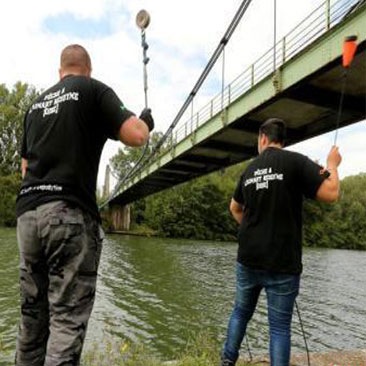
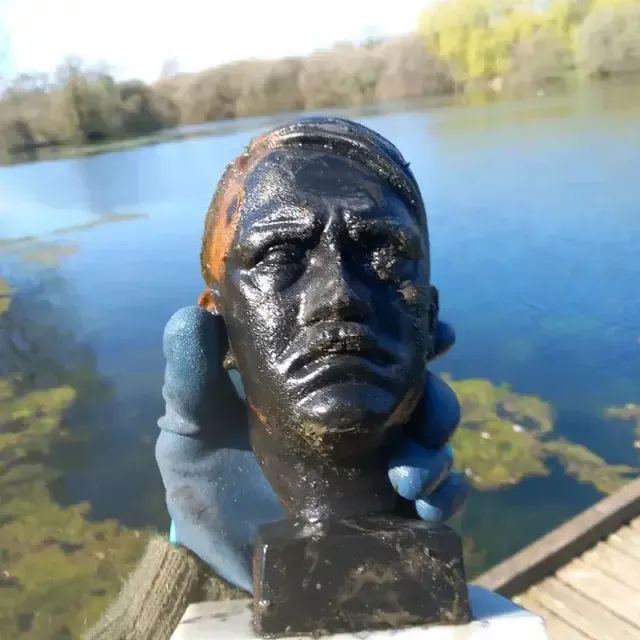

Using fishing magnets, also known as magnet fishing, is a straightforward process. Here's a step-by-step guide to help you get started:
Remember to always prioritize safety, follow local rules and regulations, and be respectful of the environment and others while engaging in magnet fishing. Additionally, be cautious when handling unknown objects, as they may pose risks such as sharp edges or corrosion.
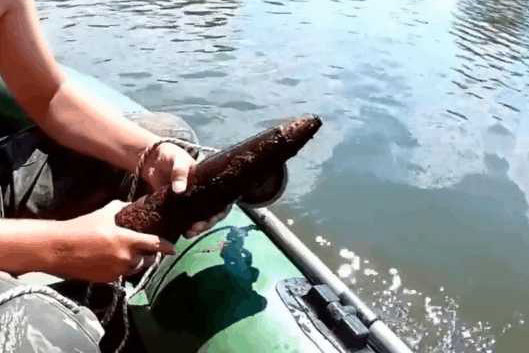

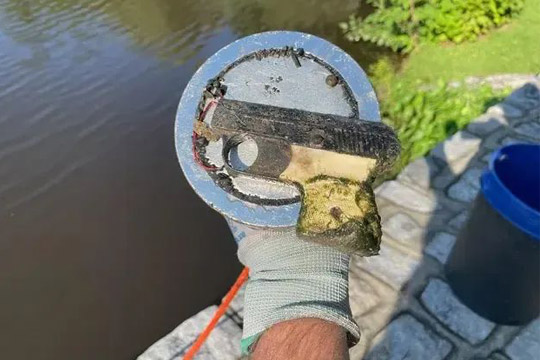
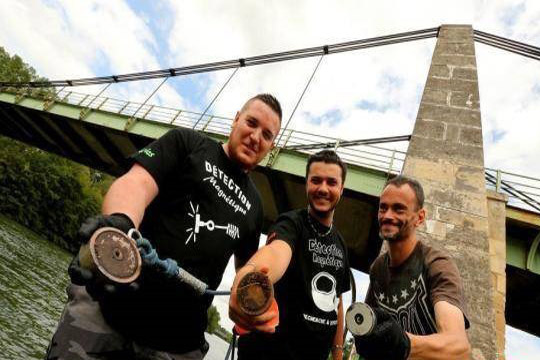
People engage in magnet fishing for various reasons, and the activity has gained popularity for several appealing aspects.
It's important to note that while magnet fishing can be an enjoyable and rewarding activity, participants should also be mindful of safety considerations, local regulations, and the responsible disposal of any items retrieved from the water.



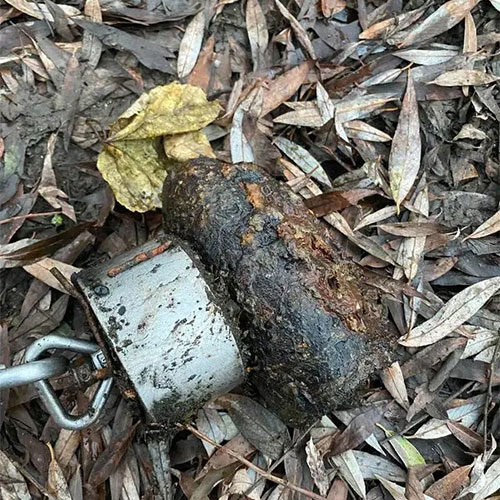
Magnet fishing can be fun and rewarding. Here are some tips:
Research the area beforehand for historical information, local knowledge, and hotspots.
Cast in different spots, depths, angles, and directions. Be patient and persistent.
Clean and maintain your magnet regularly.
Join online communities to share your findings and experiences.
Follow these tips to become a successful magnet fisherman, enjoying both the finds and the process of exploration and discovery.

